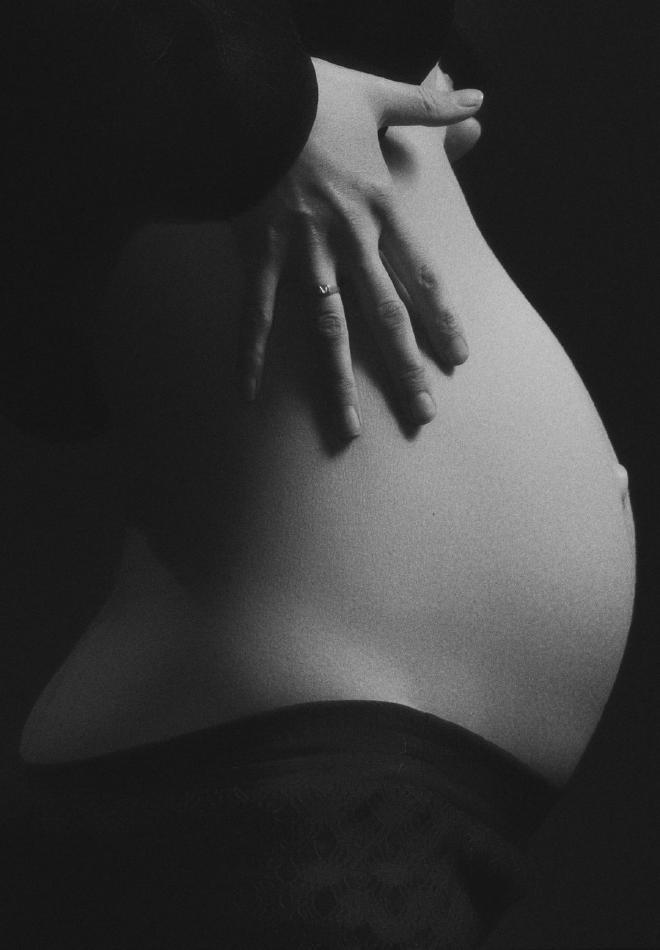
Such a screening test could enable earlier interventions and help prevent the severe complications of preeclampsia.
In an article published in NIH Research Matters, and signed by Kendall K. Morgan, Ph.D. the USA’s National Institutes of Health remembers that preeclampsia is a dangerous rise in blood pressure at or after 20 weeks of pregnancy. The condition can lead to preterm birth, pregnancy loss, and maternal or newborn death. Careful monitoring and low-dose aspirin may help to lower preeclampsia risk. But there hasn’t been a good way to predict preeclampsia before it happens for earlier intervention.

To address this challenge, an NIH-funded team of researchers, led by Drs. Raj Shree at the University of Washington School of Medicine and Gavin Ha at Fred Hutchinson Cancer Center, tested whether cell-free DNA in the bloodstream could predict preeclampsia risk in early pregnancy. Their study appeared in Nature Medicine on February 12, 2025.
Epigenetic #
Blood tests called prenatal cell-free DNA screening are used to look for genetic conditions such as Down syndrome. The team examined such samples collected early in pregnancy from more than 1,800 women. They searched for patterns of epigenetic changes—DNA modifications that don’t change the DNA sequence itself.
The scientists showed that epigenetic patterns could be used to identify cell-free DNA from the placenta. The placenta, which brings oxygen and nutrients to the fetus, also plays a role in preeclampsia. The team next identified epigenetic differences in the cell-free DNA from the placentas of people who later got preeclampsia. The changes associated with preeclampsia included signs of abnormal blood vessel activity.
PEARL #
The researchers then produced a machine learning model by training computers to identify epigenetic patterns in 450 samples of cell-free DNA from pregnant women. The model also included blood pressure and body mass index (BMI). The scientists called their new approach PEARL, for preeclampsia early assessment of risk from liquid biopsy.
To test how well PEARL worked, the team applied the model to two other groups with more than 900 patient samples. The model predicted 81% of cases with preeclampsia leading to preterm birth several months before symptoms began. The model’s specificity—its ability to identify those who didn’t go on to have preeclampsia with preterm births—was 80%. PEARL predicted preeclampsia better than previous approaches, which rely on clinical measures, lab tests, and ultrasound measures.
“Although using liquid biopsies for human diseases is largely used in the cancer area, given the frequency at which cell-free DNA screening is performed, prenatal biology truly has incredible opportunities for the discovery and application of innovative tools,” Shree says.

